SMITHSONIAN SCIENCE EDUCATION CENTER
Travel the World and Learn About Nutritional Guidelines in “Pick Your Plate! A Global Guide to Nutrition”
The Smithsonian Science Education Center recently launched the Spanish-language game, “Pick Your Plate! Guía Global de Nutrición!” This game educates players about dietary guidelines by highlighting the food, currency, music, and nutritional guidelines from eight different countries across the world. Students are invited to virtually travel and eat their way across the world as they are exposed to a variety of food facts from each country. From tubers in Benin to avocados in Australia, learn why each food item is significant to its respective nation through “Pick Your Plate!” and beyond.
/https://tf-cmsv2-smithsonianmag-media.s3.amazonaws.com/blogging/featured/ipad.jpg)
The Smithsonian Science Education Center recently launched Pick Your Plate! Guía Global de Nutrición! This game educates players about dietary guidelines by highlighting the food, currency, music, and nutritional guidelines from eight different countries across the world. Students are invited to virtually travel and eat their way across the world as they are exposed to a variety of food facts from each country. From tubers in Benin to avocados in Australia, learn why each food item is significant to its respective nation through Pick Your Plate! and beyond.
Benin
Did you know that cassava and yam are the most cultivated roots and tubers in Benin, according to the Food and Agriculture Organization? They play a vital role in Benin’s economy, and a national strategy was developed to promote its growth, in hopes of increasing the vegetables' access to quality inputs and markets. Farmers are also about sustainable agriculture practices through this initiative. In Pick Your Plate!, cassava can be found in fufu with cassava leaf sauce, while yam is a part of the igname pile a la sauce d’Arachide in the evening meal section.
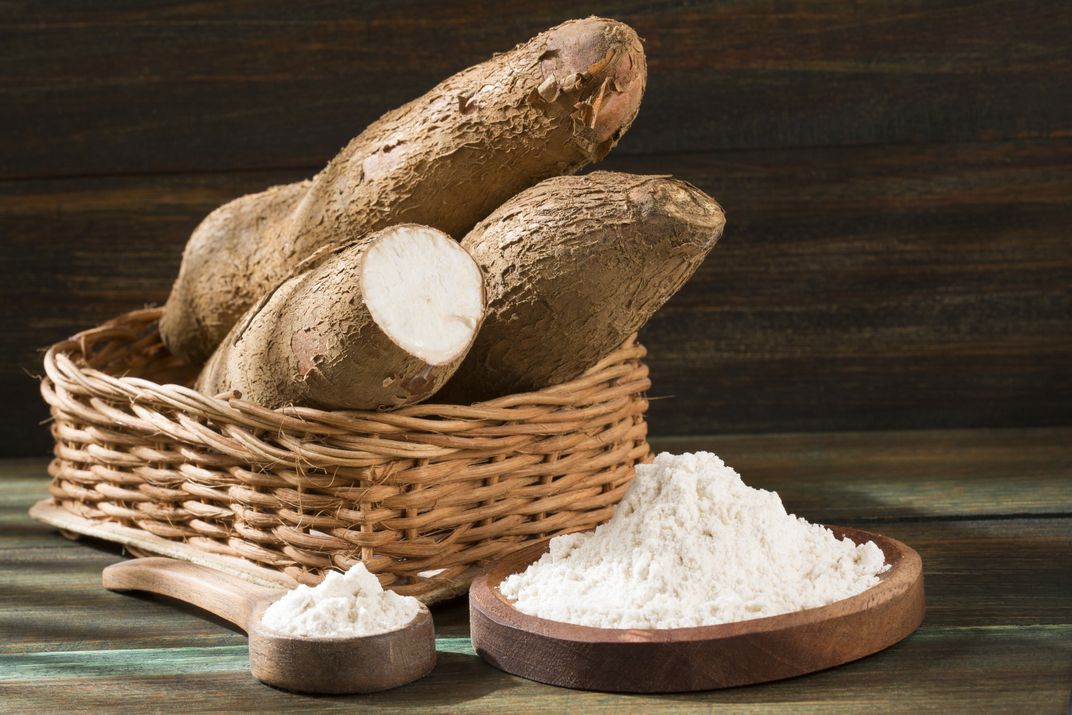
Finland
Lingonberries are popular throughout Finland because of their ability to thrive in Nordic environments, which tend to have harsh winters and are densely forested. In Finland, there are more than 37 known berries species that grow in the wild, according to the Food and Agriculture Organization! Of all of the species, lingonberries are harvested the most, and are commonly found throughout breakfast, midday, or evening meals.
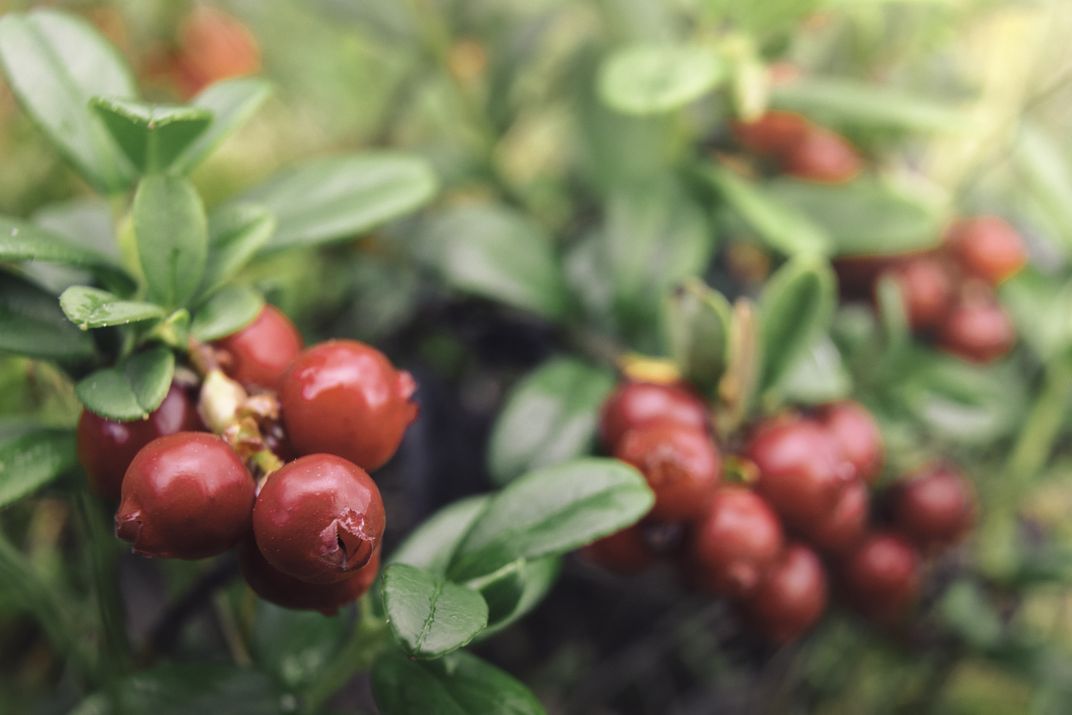
Australia
Though the avocado is technically a fruit, Australia classifies it as a vegetable! This food item rose in popularity partly because of its healthy fat content and other nutritional benefits, and is commonly eaten in the form of avocado toast. Australia is one of the few places in the world where avocados are able to grow year round because the country’s environmental diversity supports long production cycles, with the typical harvest season lasting from June through December.
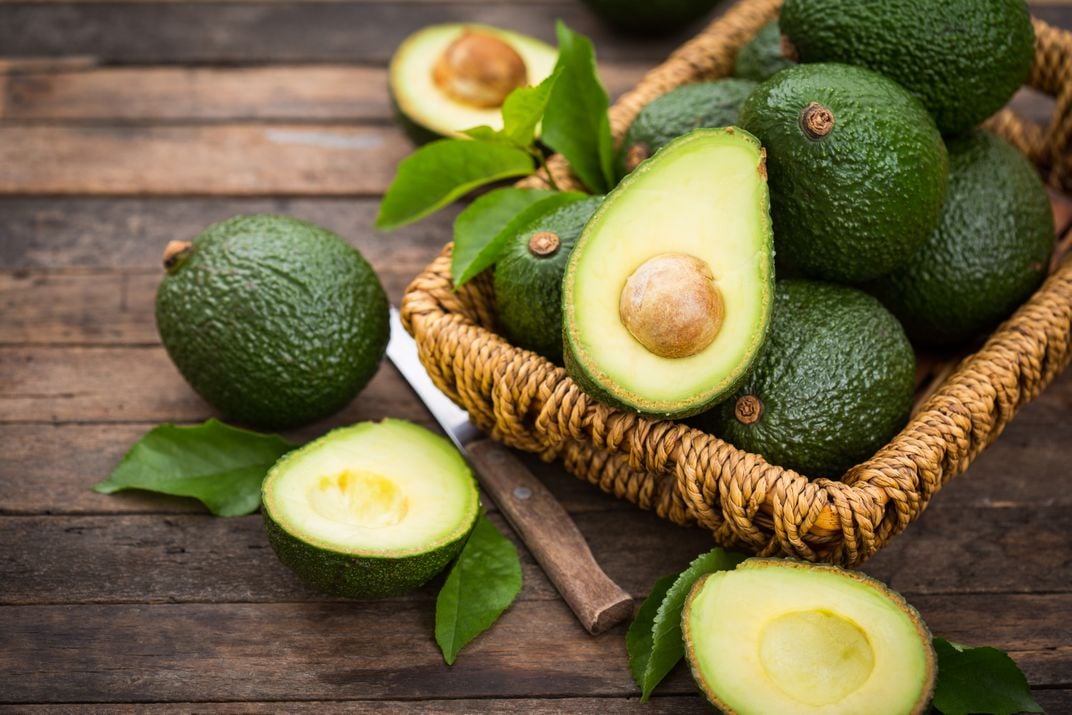
Lebanon
If you're in Lebanon make sure to eat your protein! The country’s food guide recommends 5-6.5 servings of protein-rich foods a day, like chickpeas and fava beans. In Pick Your Plate! chickpeas and fava beans are found in dishes like ful medames or hummus, and are eaten throughout the day through an assortment of small dishes—called mezze—that often includes hummus, pita bread, and other foods.
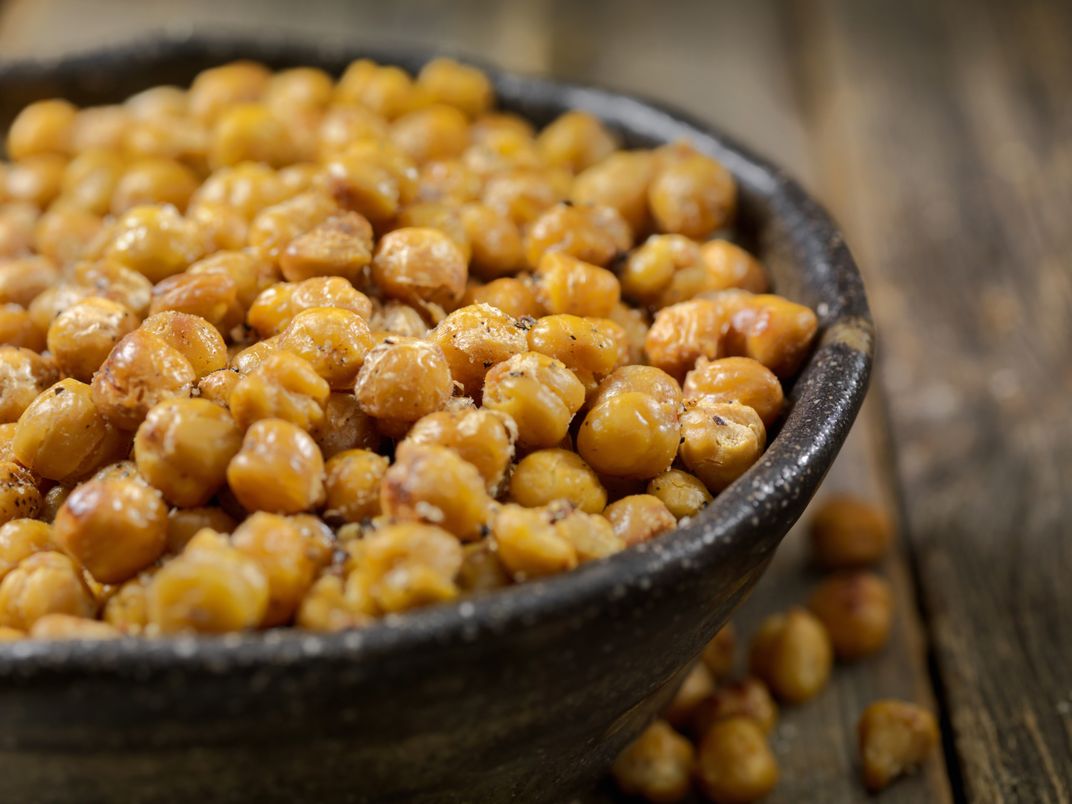
Mexico
Mexico is the only country featured in Pick Your Plate! that has a special recommendation to eat eight servings of cereals a day and a separate category for legumes. Mexico’s food guide encourages “daily consumption of tortilla, oatmeal, amaranth, rice, bread and pasta; and legumes like beans, lentils and green beans, daily,” to meet this goal according to the Food and Agriculture Organization. Maize is typically the most consumed cereal, and the country boasts over 65 native varieties of corn!
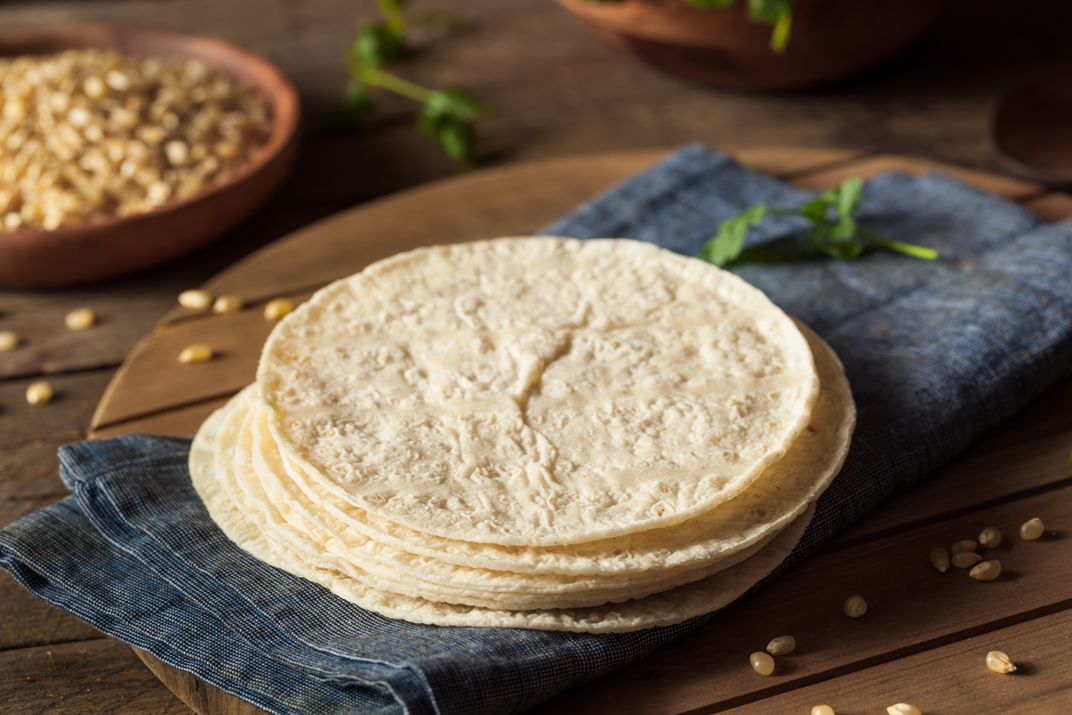
America
America’s food guide, MyPlate, emphasizes understanding portion sizes at mealtime and limiting the consumption of added sugar, fat, and salt to diets. Instead, the guide encourages focusing on “variety, nutrient density, and amount” by eating dark green, red, or orange vegetables, legumes (beans or peas), fruits, and whole grains. In the food guide, dairy has its own category with the recommendation to have smaller amounts of fat-free or low-fat milk, cheese, and yogurt.
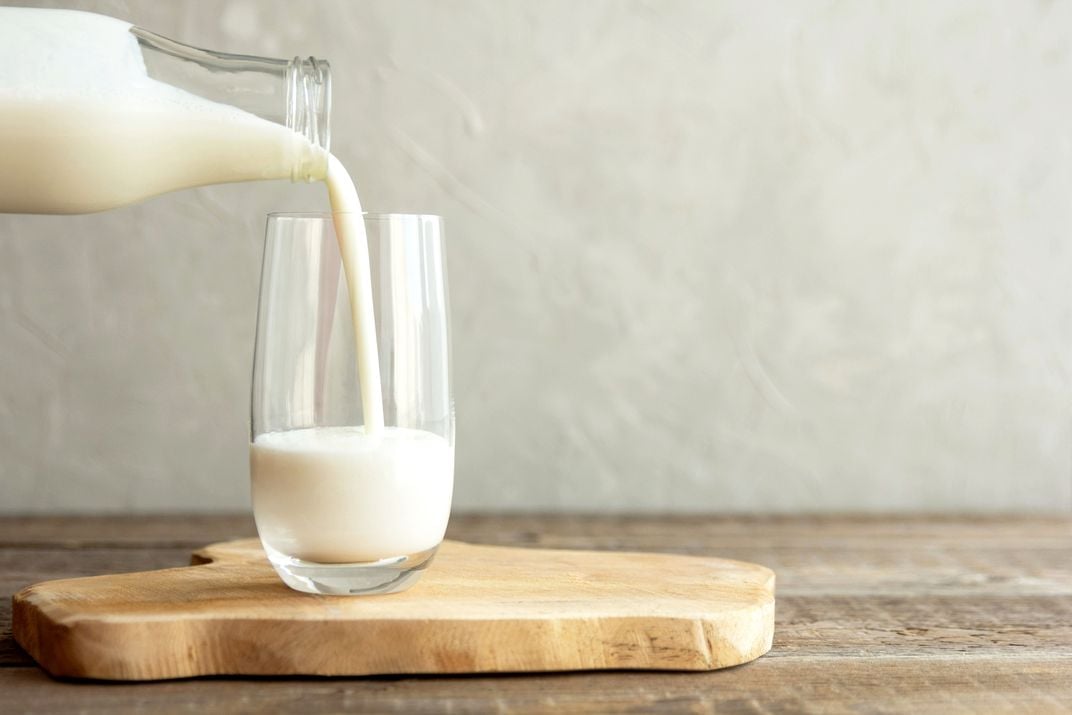
Cambodia
Cambodian diets are oftentimes rich with rice, fish, soups and curries. One of the longest rivers in the world, the Mekong River, flows through the country and supports the region’s main food supply, fisheries, and economy. According to the Cambodian nutrition guidelines, small, soft-boned fish such as sardines are considered calcium-rich foods, while larger fish such as tuna are considered protein-rich foods.
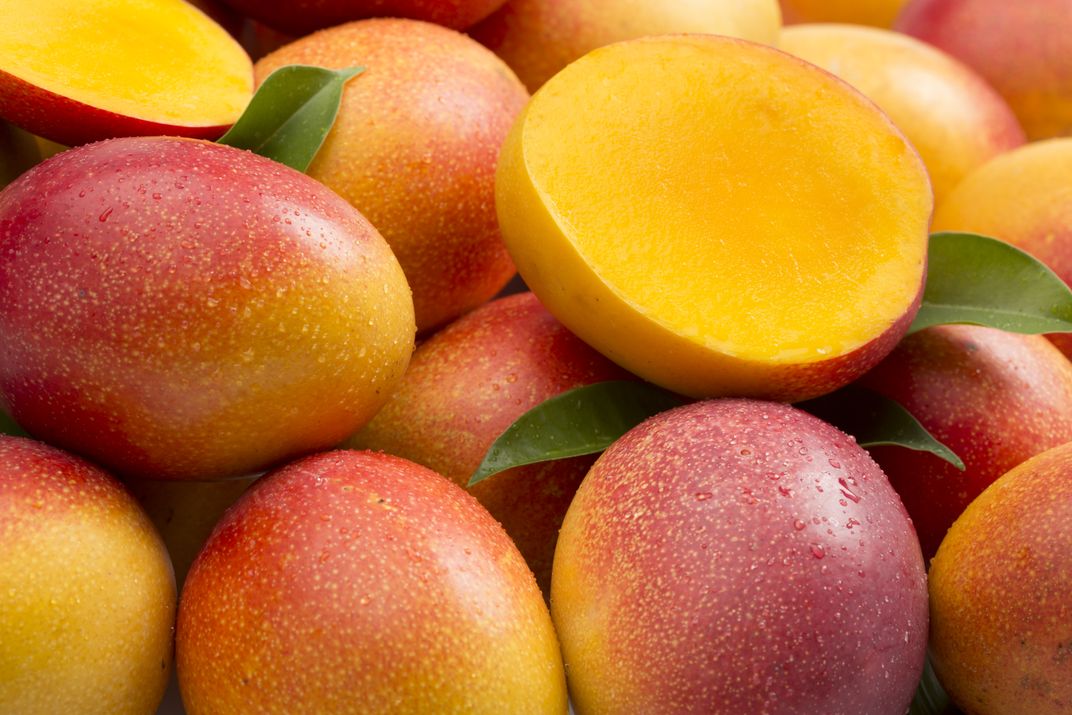
Argentina
Argentina is the only country in Pick Your Plate! that has a special recommendation for oils, dried fruits, and seeds, and the Argentinean food guide has a specific recommendation to consume raw oil in through sources like condiments. In the game, players can meet this standard by selecting chimichurri, a sauce typically made from oil, parsley, garlic, vinegar, and occasionally red chili flakes. Chimichurri is traditionally served atop grilled meats.
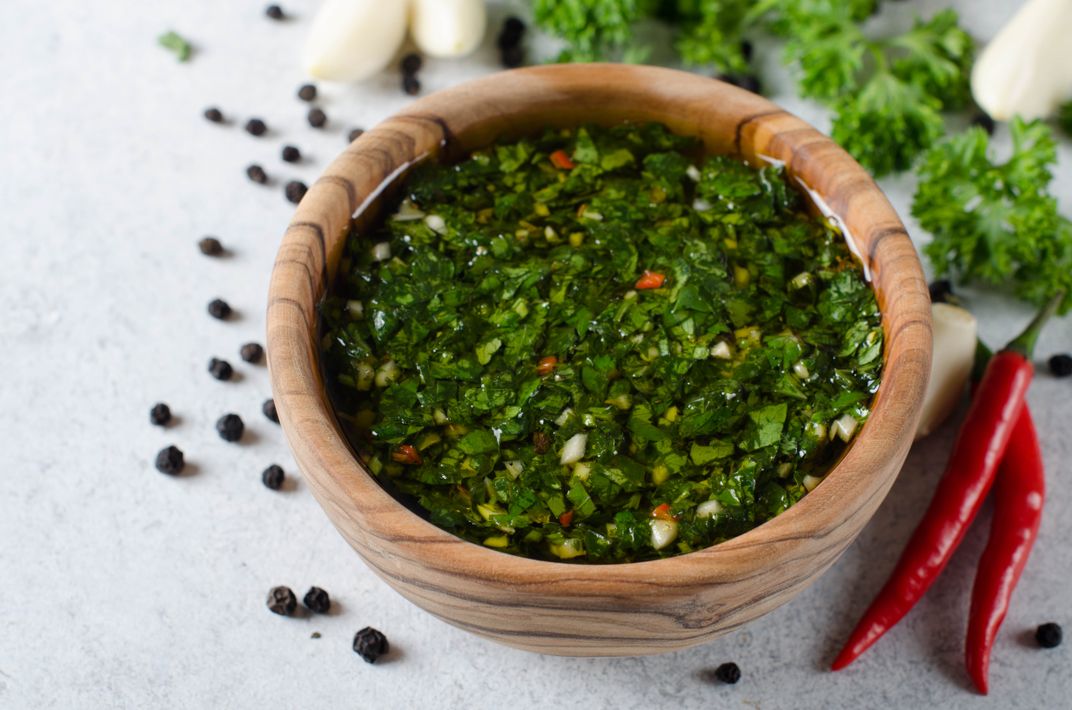
To learn more about the countries, cuisine, and global nutritional guidelines featured in the game, be sure to play Pick Your Plate! Guía Global de Nutrición here!
